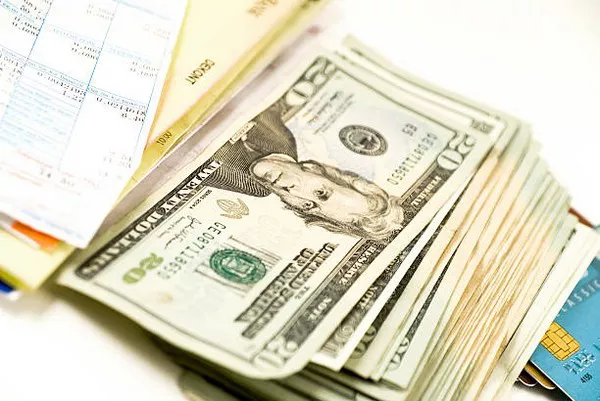In recent times, concerns and speculations about the potential collapse of the US dollar have circulated widely. These discussions are often fueled by a mix of economic indicators, geopolitical shifts, and global financial developments. However, it’s essential to separate fact from fiction and gain a deeper understanding of the dynamics influencing the strength and stability of the world’s primary reserve currency.
The Significance of the US Dollar
The US dollar, symbolized by the ubiquitous “$” sign, holds a unique position in the global economy. It serves as the primary currency for international trade, central bank reserves, and as a benchmark for commodity pricing. This status is rooted in historical precedence and the economic might of the United States.
The dollar’s strength is influenced by several key factors:
Economic Fundamentals: The health of the US economy, including GDP growth, employment rates, inflation, and interest rates, impacts the dollar’s value. A robust economy generally strengthens the currency.
Global Trade and Finance: The dollar’s use in international transactions, especially in commodities like oil, gold, and major global trade, underpins its demand and stability.
Geopolitical Stability: The US’s political stability and its role in global affairs contribute to confidence in the dollar as a safe-haven asset.
Economic Indicators and the Dollar’s Value
To gauge the dollar’s health, economists closely monitor key indicators:
Gross Domestic Product (GDP): The dollar’s value correlates with US economic output. Robust GDP growth typically strengthens the currency.
Inflation and Interest Rates: The Federal Reserve’s policies on inflation and interest rates influence the dollar’s value. Higher interest rates often strengthen the dollar by attracting foreign capital.
Trade Balance: The balance of trade measures imports and exports. A trade deficit (more imports than exports) can weaken the dollar by increasing supply in foreign exchange markets.
Myth vs. Reality: Understanding Collapse
The idea of the dollar collapsing conjures images of economic chaos and hyperinflation. However, the likelihood of such a scenario is more nuanced than often portrayed. Here’s why:
Global Dependency: Many nations and institutions rely on the dollar for stability. The sheer scale of its use in global trade means any sudden collapse would have severe repercussions worldwide.
Federal Reserve Policies: The US Federal Reserve has tools to manage inflation and stabilize the economy. It can adjust interest rates and implement monetary policy to curb runaway inflation.
Reserve Currency Status: Despite challenges, no other currency currently rivals the dollar’s status as the world’s primary reserve currency. Alternatives like the euro and Chinese yuan face their own challenges.
Challenges to the Dollar’s Dominance
While an outright collapse is unlikely, challenges to the dollar’s dominance exist:
Debt Levels: The US national debt has surpassed $30 trillion, leading to concerns about fiscal sustainability and future economic stability.
Geopolitical Rivalries: Rising powers like China are challenging US economic hegemony. Efforts to internationalize the yuan and reduce dollar dependency in trade pose long-term risks.
Cryptocurrencies: The emergence of digital currencies like Bitcoin raises questions about the future role of traditional currencies and central banks.
Factors Supporting Dollar Resilience
Despite challenges, several factors continue to support the dollar’s resilience:
Rule of Law: The US legal system and property rights protections attract global investment, reinforcing dollar demand.
Military Strength: The US military presence worldwide bolsters geopolitical stability and confidence in the dollar.
Financial Infrastructure: The depth and efficiency of US financial markets make the dollar indispensable for global transactions.
SEE ALSO How Much Is A 1953 Series 2 Dollar Bill Worth
Conclusion: A Complex Landscape
In conclusion, predicting the dollar’s future involves navigating a complex landscape of economic, political, and financial forces. While concerns about collapse persist, the dollar’s foundational strengths and global significance suggest a more nuanced reality. The dollar may face challenges, but its role as the world’s reserve currency remains largely unchallenged.
Understanding the dynamics shaping the dollar’s value requires a holistic view of economic fundamentals, global finance, and geopolitical trends. Rather than focusing solely on speculative narratives, policymakers and investors must engage with the underlying factors that drive the dollar’s strength and resilience in the face of evolving global dynamics.


